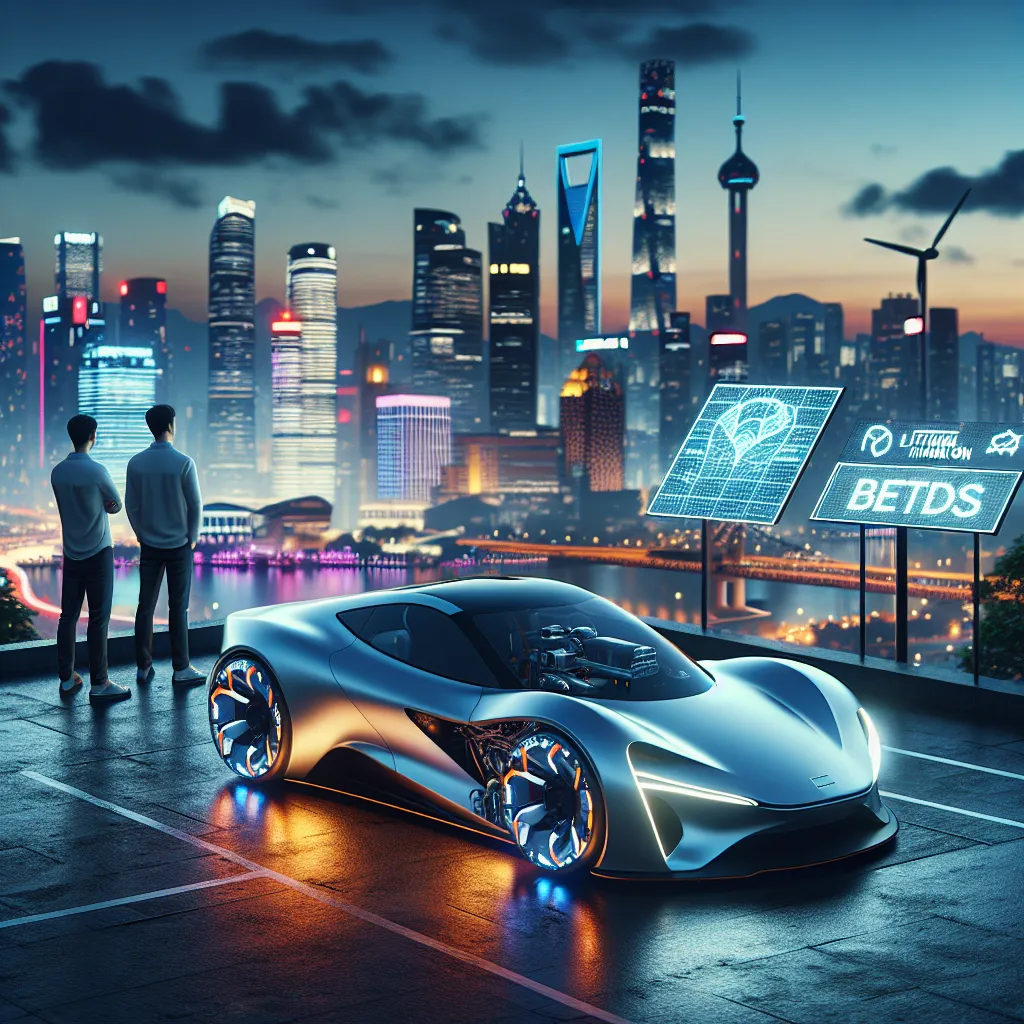Tesla has become one of the most recognized names in the automotive industry. Their cars’ sleek designs and vision for a renewable future have captivated the world. When you think of Tesla, Elon Musk is probably the first name that comes to mind. Known for his ambitious plans like colonizing Mars and building a hyperloop, Musk is often seen as the face of Tesla. But today’s tale isn’t about Elon. Surprisingly, few know about Martin Eberhard, the true founder of Tesla.
In 1997, Martin Eberhard, a seasoned electrical engineer, crossed paths with Marc Tarpenning. A shared passion, mixed with some “Magic: The Gathering” games, led them to their first business venture: an eBook reader. Their company, NuvoMedia, sold 20,000 e-readers within three years and netted a cool $187 million from the sale. Flush with success, the duo turned their sights towards electric sports cars.
The catalyst? Martin’s midlife divorce in 2000. Like many in his situation, he wanted a flashy sports car but couldn’t stomach the thought of owning a gas-guzzler. This dissatisfaction sparked the idea of an electric sports car, and he soon pitched it to Marc. By 2003, Tesla was born, and they embarked on creating their first vehicle, the Roadster. They opted for lithium-ion batteries, a groundbreaking decision at the time, given their experience with this technology from their eBook days.
Though their vision was clear, starting from scratch wasn’t feasible. They partnered with AC Propulsion for their motor technology and Lotus for the car body, specifically the Lotus Elise. They spent hours at the Los Angeles Auto Show persuading Lotus until they finally got the green light. Development was underway, but by mid-2004, funds were dwindling.
That’s when Elon Musk entered the scene. Fresh from selling PayPal to eBay, he invested $7.5 million into Tesla, followed by a total of $70 million by 2008. With Musk’s financial backing, Tesla made significant progress. Their first prototype, the “Mule,” was a modified Lotus Elise with AC Propulsion technology that amazed everyone with its performance. After two more years of R&D, the Roadster was officially unveiled in 2006, and despite its $100,000 price tag, people were eager to buy.
Behind the scenes, tensions flared. By August 2007, Martin got an unexpected call from Musk saying the board had decided to replace him as CEO. Feeling betrayed, Martin eventually resigned, followed by Marc. In 2009, Martin sued Tesla, claiming Elon was trying to rewrite history by portraying himself as the founder. Though the lawsuit settled out of court, the incident strained their relationship permanently.
Today, while Elon Musk is synonymous with Tesla, it’s crucial to remember Martin Eberhard and Marc Tarpenning. They laid the foundation that allowed Tesla to become an automotive giant. Without them, Tesla, as we know it, wouldn’t exist.






